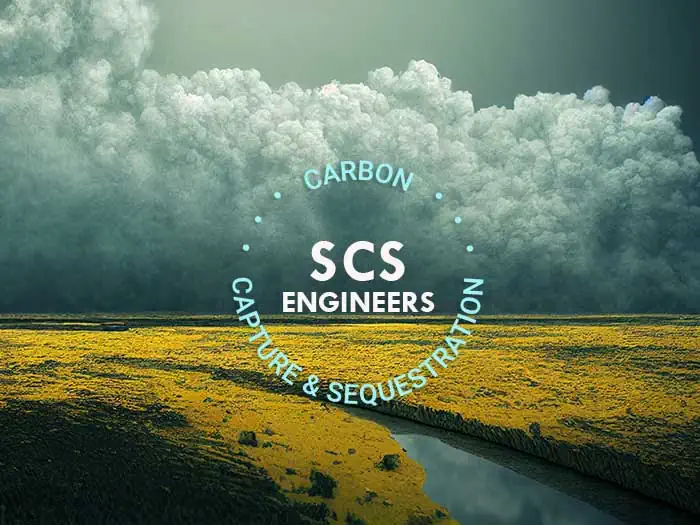


Capturing carbon and injecting it into a carbon sequestration well, also called a Class VI Well, is an EPA-approved technology. Manufacturers and industries are considering using carbon sequestration to reduce greenhouse gas emissions (CO2). Often, the public is concerned that carbon injection wells could contaminate underground drinking water — a legitimate concern, given today’s headlines. In this environmental engineering blog, we’ll describe the two ways underground drinking water could be contaminated and how to prevent it.
Contamination can occur if the CO2 can migrate up the well bore into the aquifer anytime after injection. The second instance is if pressure forces the brine from the injection zone into the aquifer.
Environmental engineering teams, which include professional geologists, hydrogeologists, and geoscience experts, take steps and provide well-operators guidance to protect drinking water sources, including calculating the Area of Review (AOR) around the injection well and computational modeling to understand how the pressures can build up during injection to create unsafe conditions.
Armed with expert knowledge and more modeling accuracy, operators can prevent contamination, extend the life of carbon sequestration wells, and address public concerns.
Dr. Charles Hostetler explains in the SCS educational video how accurately calculating the AOR and understanding critical pressure work together so companies can confidently use carbon capture and sequestration to reduce greenhouse gas emissions safely.
Click to watch
At SCS, we’re always available to answer questions – contact SCS at or find an office near you. Human Resources would like to hear from you if you desire a rewarding career working with companies to help them run efficiently and cleaner.

Additional Carbon Sequestration Resources: